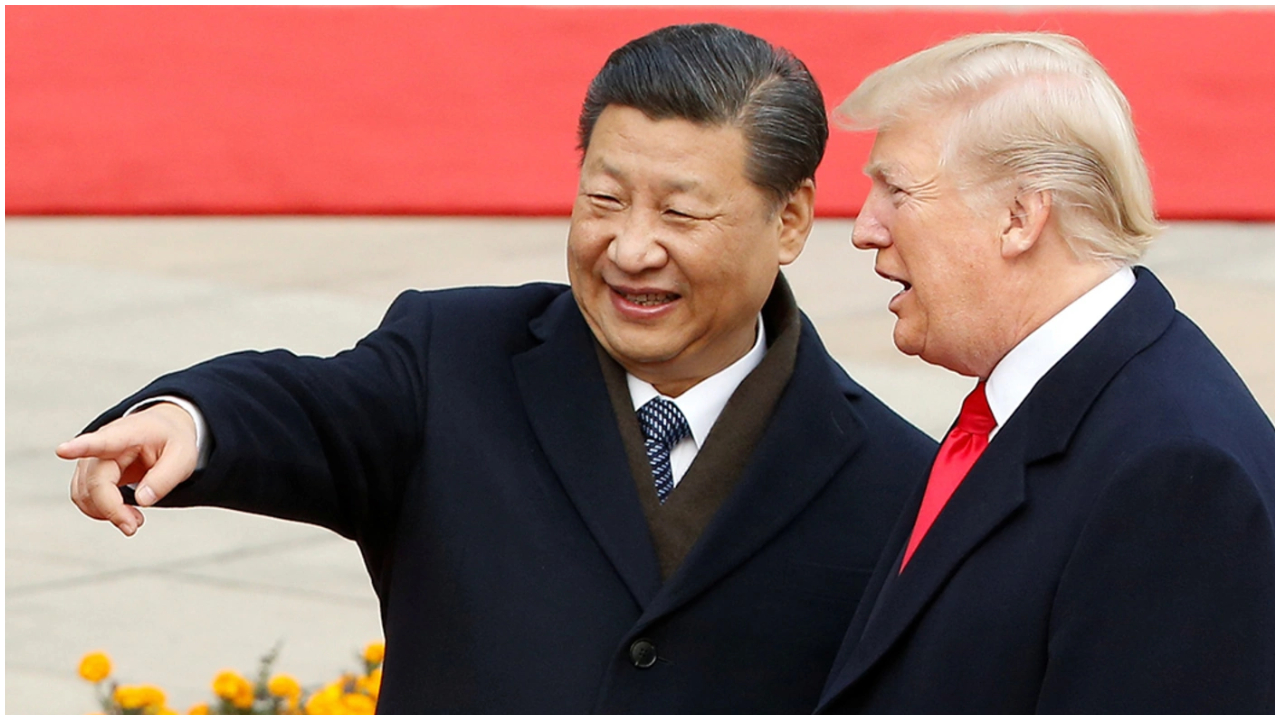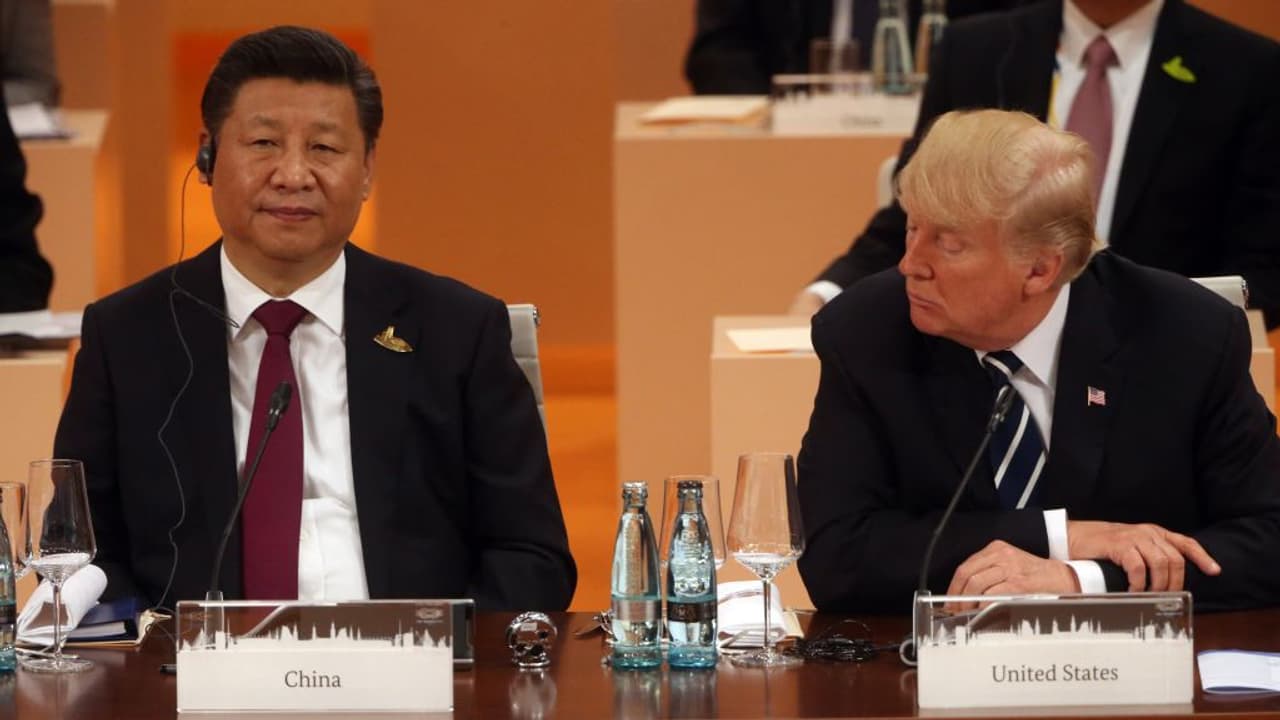China is reshaping trade, technology, and education while reducing reliance on the U.S. A closer look at the shift.
China is moving ahead with efforts to reduce reliance on the United States, reshaping its economy and global role in the process. What began as discussions of “de-Americanization” a decade ago has become a steady shift toward self-reliance and diversification.
The approach is not aimed at cutting ties with Washington, but at reducing exposure to U.S. pressure. The results are visible across trade, technology, finance, governance, and education.
Economic and Technological Adjustments
China’s trade profile has changed significantly in recent years. In 2018, the United States accounted for 19.3 percent of China’s foreign trade. By the first eight months of 2025, that share has fallen to 9.2 percent, even as China’s overall trade grew by 45 percent.
Commodity flows reflect the same trend. U.S. soybeans once supplied 85 percent of China’s imports; today, Brazil provides 68 percent, while U.S. imports have dropped to 22 percent. High-tech exports to the U.S. now make up 28 percent of China’s total, while sales of advanced equipment to Regional Comprehensive Economic Partnership (RCEP) members have risen to 41 percent.
Technology has followed a similar path. U.S. sanctions and export controls have spurred domestic innovation. Since 2018, more than 1,700 Chinese firms have been blacklisted, prompting a surge in research and development. China now holds 42 percent of global 5G standard-essential patents and is expected to operate 4.6 million 5G base stations by September 2025, about 60 percent of the world’s total.
In artificial intelligence, China accounts for 61.5 percent of global generative AI patents, while its research in autonomous driving and quantum computing now surpasses U.S. publications in citation impact. R&D spending reached 2.55 percent of GDP in 2024, with basic research rising to 6.8 percent of that total.
Hardware advances include Huawei’s Kirin 9000S chip, developed without access to Dutch-made extreme ultraviolet lithography tools. Other milestones include the Beidou satellite network serving more than 200 countries, the C919 jetliner entering service, the Fendouzhe submersible reaching 10,000 meters, and the Chang’e 6 probe returning lunar samples.
Finance has also been part of the adjustment. The Cross-Border Interbank Payment System now operates in 185 countries. Renminbi (RMB)-denominated trades for liquefied natural gas and soybeans are expanding, and China has signed local currency settlement agreements with more than 40 nations. By 2023, cross-border RMB payments reached 52 trillion yuan, accounting for 58 percent of total flows across currencies. In trade with Russia, more than 95 percent of transactions are now settled in local currencies.
Governance, Education and Global Role

China is also promoting its own governance model. Over the past decade, it has lifted more than 100 million people out of extreme poverty, meeting United Nations Sustainable Development Goals ahead of schedule. Domestically, Beijing emphasizes “whole-process people’s democracy,” while internationally it supports multilateralism and opposes exclusive blocs.
The BRICS grouping has expanded from five to fifteen members, the Shanghai Cooperation Organization represents 40 percent of the global population, and more than 150 countries now participate in the Belt and Road Initiative. These platforms have allowed China to move from being a recipient of global rules to a participant in shaping them.
Education reforms are part of this broader effort. The Strengthening Basics Plan has enrolled 180,000 students in key fields such as semiconductors and nuclear science. By 2024, 92 percent of graduates remained in China. The country has also shifted away from using the Science Citation Index as the main research metric, focusing instead on innovation and practical outcomes. At the same time, international student flows have balanced: China hosted 520,000 foreign students in 2024, while the number of Chinese students in the U.S. fell below 200,000 from a peak of 400,000.
